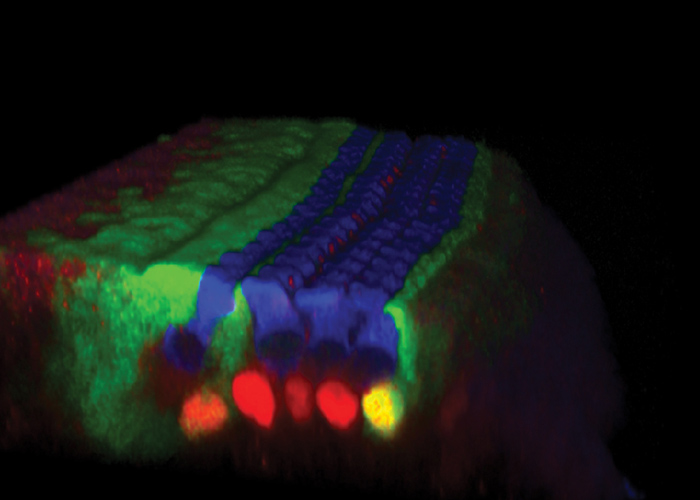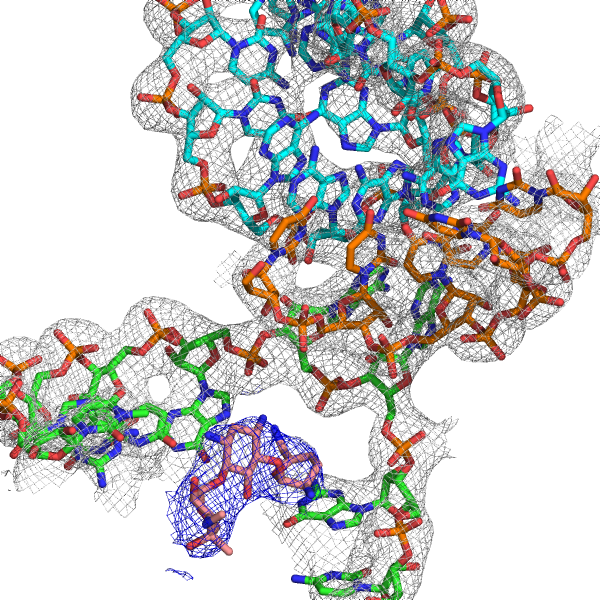To detect sounds and have a sense of balance, we rely on our inner ear organs, the cochlea, and vestibular organs. Within them are sensory hair cells that are mechanosensitive yet susceptible to damage and irreversibly lost. Our laboratory is interested in understanding the mechanisms underlying the development and regeneration of these sensory hair cells.
KEY RESEARCH AREAS
Our aim is to translate our knowledge of how hair cells develop towards inducing hair cell regeneration in damaged auditory and vestibular organs.


We want to understand how cell fate decision is made and maintained during the critical phase of cochlear development:
- How does a progenitor cell decide to commit and differentiate into sensory cells?
- What internal and external cues can influence the sensory progenitors’ cell fate?
- How do these internal and external cues integrate and pattern the cochlea?
Ongoing work in collaboration with Tony Ricci involves drug screens using in vitro and in vivo assays to identify non-toxic antibiotics and compounds with protective activities against aminoglycoside toxicity.





